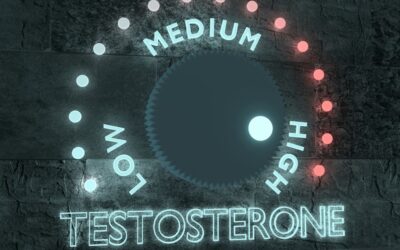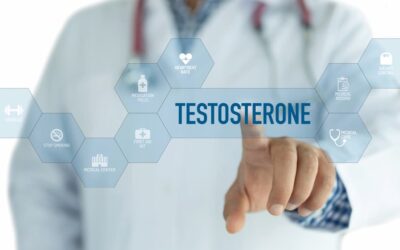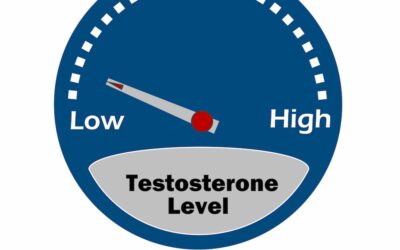Hitting middle age can often leave many men feeling shell-shocked. When you’ve spent most of your life witnessing legendary stars like George Clooney, Pierce Brosnan, and Brad Pitt only get better with age, it can be pretty tough to realize that your body clearly didn’t get the “silver fox” memo.
Or, maybe you were all too prepared for middle age, all thanks to the horror stories about beer bellies, thinning hair, and non-existent sex drives. After all, getting older doesn’t exactly have a great reputation as an enjoyable journey.
But in reality, your forties, fifties, and beyond can be among the best decades of your life – that is, as long as you’re prepared with a smart strategy for maintaining your hormonal health.
We’re going to be discussing how hormone levels can change as you approach middle age, and why that matters for your physical, mental, and sexual wellbeing alike. Then, we’ll help you understand what to do about suboptimal levels, so you can cruise into middle age with confidence.
Why Hormones are the Key to Aging Well
You’re probably vaguely familiar with testosterone and its role in your body, but do you really know how critical it is? Testosterone plays a major part in boys’ progress through puberty, but it doesn’t stop being important once you’ve reached adulthood.
In fact, healthy testosterone levels are vital through your entire life, supporting your body in a myriad of ways, including:
- Sex drive
- Sexual performance (including the ability to get and maintain an erection)
- Body composition (your balance of muscle and fat) and metabolism
- Concentration, focus, and motivation
- Mood regulation
- Energy levels
- Sleep
- Bone density
So, when testosterone levels dip below an ideal level, it’s bound to send shockwaves across multiple parts of your life.
How Do Testosterone Levels Change with Age?
When you turned 30, your testosterone levels were probably the last thing on your mind. But it was around that time that your body started to slow down its production of testosterone, and it’s been steadily declining ever since.
From age 30 onwards, the amount of testosterone in your body has been dropping by about 1% each year. And while that might not sound like a lot, it adds up pretty quickly. Plus, there are many other factors that can contribute to low testosterone levels, including:
- Obesity
- Significant weight loss
- Injury to the groin area
- Certain medications
- Cancer treatment
- Metabolic disorders
- Inflammatory conditions
- Thyroid issues
- Type 2 diabetes
- Drug or alcohol use
When it comes to hormone levels, middle-age is just one possible culprit. You could be facing a minor case of low testosterone (low-T) as a byproduct of aging, or your levels could be drastically low due to a combination of factors.
What are the Symptoms of Low Testosterone?
So, how do you know if you have a hormonal imbalance? The symptoms of low T can take a toll on your quality of life, and yet many men don’t even realize that’s an issue. That’s largely because low testosterone signs are often misattributed to aging.
- Some of the common signs of low testosterone include:
- Low sex drive
- Erectile dysfunction or decreased sexual performance
- Mood swings
- Difficulty concentrating
- Feeling tired, no matter how much sleep you get
- Thinning hair
- Unexplained weight gain, especially in your midsection
- Anxiety or depression
- Sleep problems
How Is Low Testosterone Treated?
You’ve reached middle age and now you suspect you’re dealing with a testosterone deficiency – but that doesn’t mean it’s time to wave the white flag. There are safe and effective treatment options for low-T, with a flexible range of options to suit your specific needs.
Testosterone replacement therapy (TRT) is exactly what the name suggests: a doctor-supervised treatment that replaces the “missing” testosterone in your body. Your low-T doctor will pinpoint exactly where your levels are at, and then measure that against where they should be. Then, you’ll be able to make up the difference using TRT methods such as pills, patches, injections, or creams.
As your levels get back on track, you’ll start to see your symptoms disappear. In other words, get ready to enjoy a revved-up sex drive, a new level of mental and physical stamina, and a body that can shed that excess fat and put on muscle easier than ever.
Find Out if TRT is Right for You
Could hormone therapy be the answer you’ve been searching for? If you’re a man in your thirties, forties, or beyond, and you want to prioritize your health, then TRT could be an excellent option.
Get more information about how TRT works and why it’s a vital treatment option for combatting middle age when you contact Ehormones MD today.
Image Source: gorodenkoff / Getty Images





